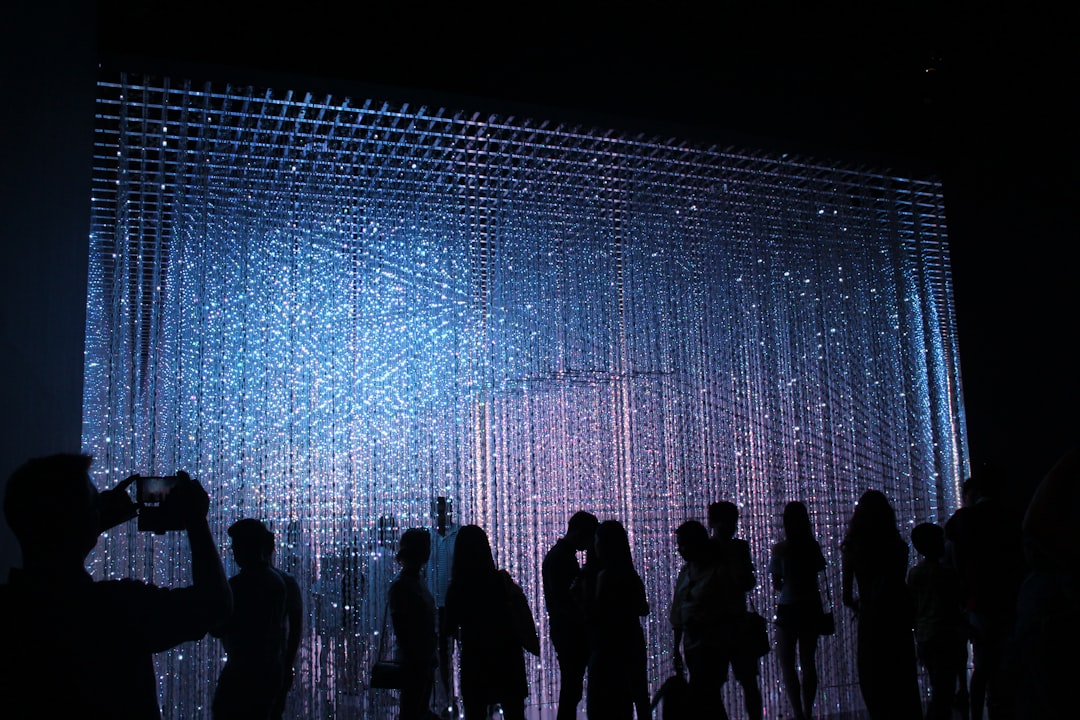What is it about?
The Japanese kana script represents morae by assigning either graphs or digraphs. Kana digraphs are characteristic in that they each comprise two mora-bearing graphs and yet correspond to single morae. This paper develops a structural analysis of kana digraphs, in which the monomoraic value of every digraph is consistently derived from the bimoraic value of a two-graph string. It is argued that the derivational process involves two events, namely cancellation of moraicity in the first mora and amalgamation of all relevant segments into the resultant single mora. This accounts for the observed fact that each constituent of a kana digraph regularly corresponds to one portion of a single mora. The validity of the analysis is supported by evidence drawn from two orthographic phenomena, namely positioning of diacritics and use of a common constituent in digraphs denoting partially isomorphic morae.
Featured Image
Read the Original
This page is a summary of: Kana digraphs and morea, Written Language & Literacy, October 2007, John Benjamins,
DOI: 10.1075/wll.10.1.05hon.
You can read the full text:
Contributors
The following have contributed to this page










